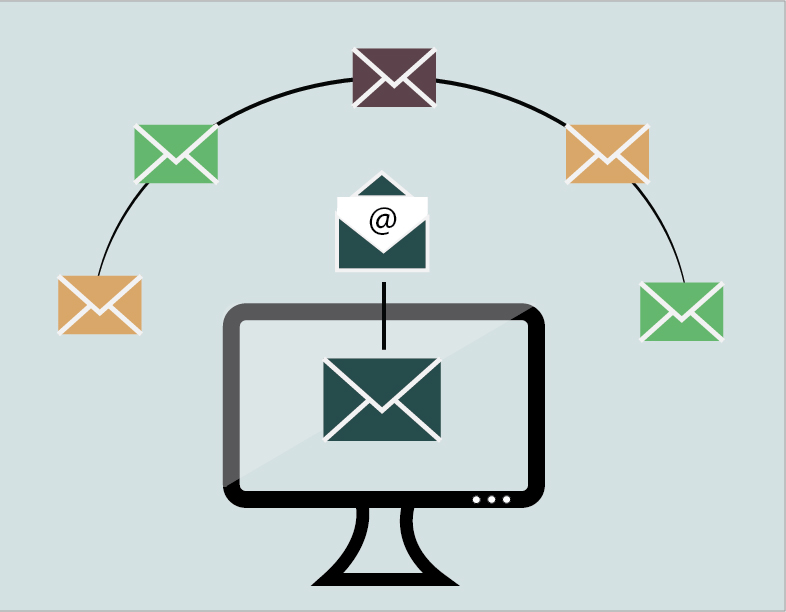With 78% of successful marketers saying marketing automation systems are most responsible for improving revenue contribution, it’s important to not only have a marketing automation platform, but to be able to effectively utilize that platform. So what exactly can you do to ensure you are automating your campaigns successfully? Below are a handful of tips to keep in mind as you set up your email marketing campaign.
1. Have a clear and specific campaign strategy and goal. Once you have a formulated plan, then build your campaign around that goal. A lack of objectives makes it nearly impossible to measure the success or well-being or your campaign whether it’s in process or near completion. Set an overall goal for the campaign, and surround it by smaller goals or benchmarks for each email that’s a part of the operation.
2. Properly segment your lists. Segmentation is definitely a key component as segmented campaigns had nearly 15% higher clicks than the average list. Therefore, don’t let the emails you’ve acquired go to waste; place the addresses into different subgroups based on specific criteria in order to deliver relevant content and personalization to your subscribers. For instance, an email that addresses an individual by first name and offers a deal on a product they’ve previously searched is more likely to spark interest or action than a mass, generic email that takes a gamble on whether or not the receiver will actually care about the product or deal.
3. Personalize your messages. In a survey conducted by Harris Interactive, 69 percent U.S. digital shoppers said they would be willing to share personal information if companies would use that information to send email messages that were more relevant to them. Dynamic content and subject lines are a good way to get more personal. In order to gather more characteristic information, use a tool (check out progressive profiling) which allows you to build forms with interchangeable smart fields. With those dynamic fields, you can ask for various chunks of information at different visiting points in order to avoid a long form that may result in invalid information or sign-up abandonment.
4. Periodically analyze your results. As you are running your campaign, know when, where, and why people drop out and whether the reason(s) were good or bad. On the opposite end, be sure to analyze open and click-through rates in order to determine things such as, which call-to-action was most successful or what subject line lead to the most opens. Reporting and analyzing your results during a campaign will help you draw conclusions and compile information that may be difficult or nearly impossible to link if you analyze numbers and results only at the end of the campaign.
When combined, these automated campaign success techniques have the potential to increase performance and help determine best practices and strategies for campaigns down the road. Essentially, it’s about how you align and track your goals while remaining relevant and tailored to your audience’s interests.


Pingback: Tips for Automated Campaign Success | Right On ...
Pingback: Six Steps to Lifecycle Marketing Campaign Management | Marketing Automations